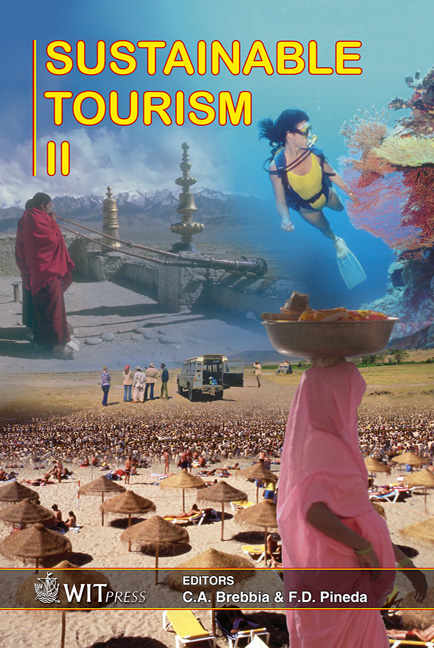Serviced Apartment Complexes In Australia: A Critical Analysis Of Their Potential And Challenges For Sustainable Tourism
Price
Free (open access)
Transaction
Volume
97
Pages
11
Published
2006
Size
502 kb
Paper DOI
10.2495/ST060051
Copyright
WIT Press
Author(s)
J. Warnken & C. Guilding
Abstract
Over the past 15 years, the Australian tourism accommodation sector has seen a significant shift from motels and caravan parks to units in multi-owner tourism accommodation premises, i.e. serviced apartments and holiday flats. It is estimated that by the end of 2006, the number of guest nights in serviced apartment complexes will have exceeded those for motels and, in some destinations, even those for hotels. The key difference between traditional hotels, motels, and caravan parks on the one hand, and serviced apartments on the other, is their ownership structure: practically all apartment complexes in Australia are subdivided into as many titles as there are units, and are commonly owned by as many parties. The multiple-owner tourist accommodation (MOTA) form of enterprise has the capacity to attract large amounts of capital that would not be available to other tourist accommodation types, but its multi-ownership structure also poses some major challenges for the long-term sustainability of a destination reliant on MOTA-type complexes. This paper examines the potentials and possible pitfalls of MOTA-style development in Australia and its premier domestic destination, Queensland’s Gold Coast. It also identifies the factors accounting for the increased incidence of MOTA. Keywords: accommodation, multi-title, second home, management, destination, rejuvenation.
Keywords
accommodation, multi-title, second home, management, destination, rejuvenation.





